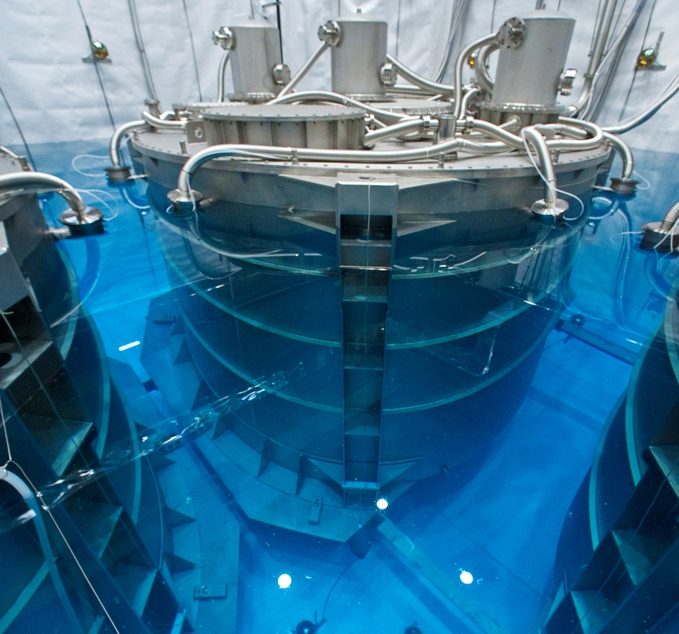You have probably heard the phrase “atoms are the building blocks of matter,” but would you believe that there are even smaller particles – particles that are the building blocks of the universe? If we could catch these elementary particles, we would have information about parts of the universe that are so distant and unimaginable. What are these particles? Neutrinos. These astonishing particles can fly through matter and rarely interact with anything, not even magnetic fields! Where do they come from? From radioactive decay in the earth to the interaction between cosmic rays and certain atoms, neutrinos are formed every time atomic nuclei come together or break apart! However, somewhere in space, quite far away, the high-energy neutrinos are created.
High-energy neutrinos are produced after violent interaction with matter and radiation, and because of their minimal interaction with matter, they have the potential to provide us with a vast amount of information about everywhere they’ve traveled through the universe — if we can catch them. A technique used by IceCube in Antarctica, the world’s largest neutrino telescope, involved using a large amount of transparent matter and waiting for the neutrino to collide with an atom’s nucleus. Even still, many of the neutrinos escaped without leaving any evidence of their presence. However, when there is a collision between a molecule of ice and a high-energy neutrino, subatomic particles are shot off as sparks, traveling faster than the speed light travels through ice. This results in blue light that the particles leave behind and some of the detectors at IceCube pick up on the light as it spreads through. When these neutrinos are detected, we are given information about where cosmic rays come from.
These particles might seem small and insignificant, but their history will give us invaluable information.
RELATED STORIES:
https://www.scientificamerican.com/article/what-is-a-neutrino/
https://www.pbs.org/newshour/science/what-is-a-neutrino-and-why-should-anyone-but-a-particle-physicist-care
https://www.space.com/what-are-neutrinos
TAKE ACTION:
https://www.symmetrymagazine.org/article/november-2012/how-to-make-a-neutrino-beam?language_content_entity=und
https://www.energy.gov/science/articles/digging-what-neutrinos-can-tell-us-about-universe






